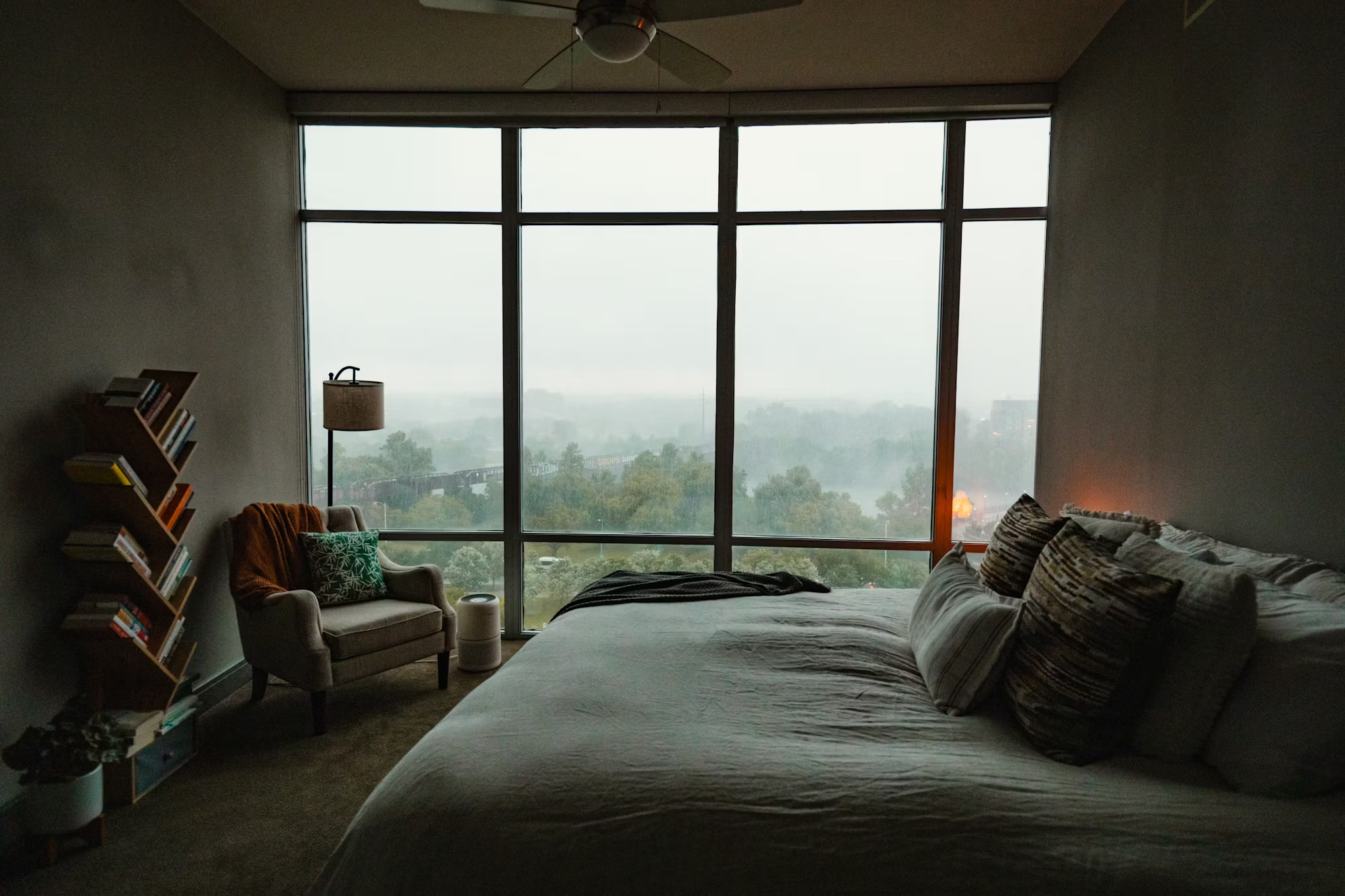In recent years, the home office has transitioned from a mere luxury to a necessity for many. With more people working remotely, creating an efficient and comfortable workspace at home has become paramount. This article explores essential tips and strategies for designing the perfect home office, focusing on elements that enhance productivity, comfort, and overall well-being.
When beginning the design process, the first consideration should be the location of your home office. Ideally, this space should be separate from high-traffic areas to minimize distractions. Look for a quiet room with adequate natural light, as studies have shown that natural light boosts mood and productivity. If a dedicated room is not available, consider transforming a corner of a living room or bedroom into a workspace. Utilizing dividers or shelving can help create a distinct boundary between work and leisure areas.
Once the location is determined, the next step is to select the right furniture. Ergonomic furniture is crucial for comfort and productivity. A high-quality office chair that supports good posture can help prevent discomfort during long hours of work. Similarly, a desk at the right height can make a significant difference in your work experience. Consider adjustable desks that allow you to alternate between sitting and standing, promoting better circulation and reducing fatigue.
The design of your workspace should also reflect your personal style while remaining functional. Choose colors that inspire creativity and focus. Soft, neutral tones can create a calming environment, while bolder colors may energize the space. Adding personal touches, such as artwork, plants, or motivational quotes, can make the office feel inviting and boost your mood. Houseplants not only improve air quality but also add a touch of nature to your workspace, which can enhance overall well-being.
Incorporating effective storage solutions is essential for maintaining an organized workspace. Clutter can lead to decreased productivity, so having a designated place for everything is key. Invest in shelves, filing cabinets, or storage boxes to keep your office tidy. A well-organized desk with minimal distractions allows for better focus on tasks at hand. Consider utilizing vertical space with shelves, freeing up floor space and providing additional storage without overwhelming the room.
Technology plays a significant role in the modern home office. Ensure that you have the necessary equipment to work efficiently. A reliable computer, high-speed internet connection, and quality peripherals such as a keyboard and mouse are essential. Consider investing in noise-canceling headphones if you are in a noisy environment, as they can help create a focused atmosphere. Additionally, integrating smart technology, such as voice assistants or smart lighting, can enhance convenience and productivity.
Lighting is another critical aspect of home office design. While natural light is ideal, it’s important to complement it with adequate artificial lighting. Desk lamps with adjustable brightness can help reduce eye strain during evening hours. Aim for a mix of ambient lighting and task lighting to create a well-lit workspace. Soft, warm light can create a cozy atmosphere, while brighter light is beneficial for detailed work.
Creating a distraction-free environment is vital for maintaining focus. This can involve setting boundaries with family members or roommates regarding work hours and minimizing interruptions. Additionally, consider limiting distractions from devices by turning off non-essential notifications on your phone and computer. Establishing a designated work schedule can also help create a sense of routine, making it easier to transition into and out of work mode.
Incorporating organizational tools can further enhance productivity in your home office. Utilizing planners, to-do lists, and digital organization tools can help keep track of tasks and deadlines. Time management techniques, such as the Pomodoro Technique, can encourage focused work sessions followed by short breaks, helping to maintain energy levels throughout the day. Consider designating specific times for checking emails and responding to messages to minimize distractions during concentrated work periods.
As important as it is to focus on work, it’s equally vital to create a space that promotes relaxation and mental well-being. Consider incorporating a small seating area or a relaxation corner within your office where you can take breaks, read, or meditate. This space can provide a mental escape from work tasks, helping to recharge your mind and prevent burnout. Taking regular breaks and practicing mindfulness can improve focus and overall productivity.
Sound management is another factor to consider when designing your home office. If you’re in a noisy environment, consider adding soundproofing elements such as rugs, curtains, or acoustic panels. Alternatively, playing soft background music or ambient sounds can help drown out distractions and create a more conducive work environment. Experimenting with different sounds can help you discover what enhances your focus and productivity.
Ultimately, the goal of designing a home office is to create a space that promotes both productivity and comfort. This balance is crucial for long-term success in a remote work setting. Remember that the design can evolve over time as your needs change. Regularly reassess your workspace and make adjustments to ensure it continues to meet your requirements.
In conclusion, designing the perfect home office involves careful consideration of location, furniture, storage, technology, and lighting. By creating an organized and inspiring workspace, you can enhance productivity and comfort while working from home. Embrace personal style and incorporate elements that reflect your individuality, making your home office a space where you can thrive. With the right design and mindset, your home office can become not just a place to work but a sanctuary for creativity and productivity.
